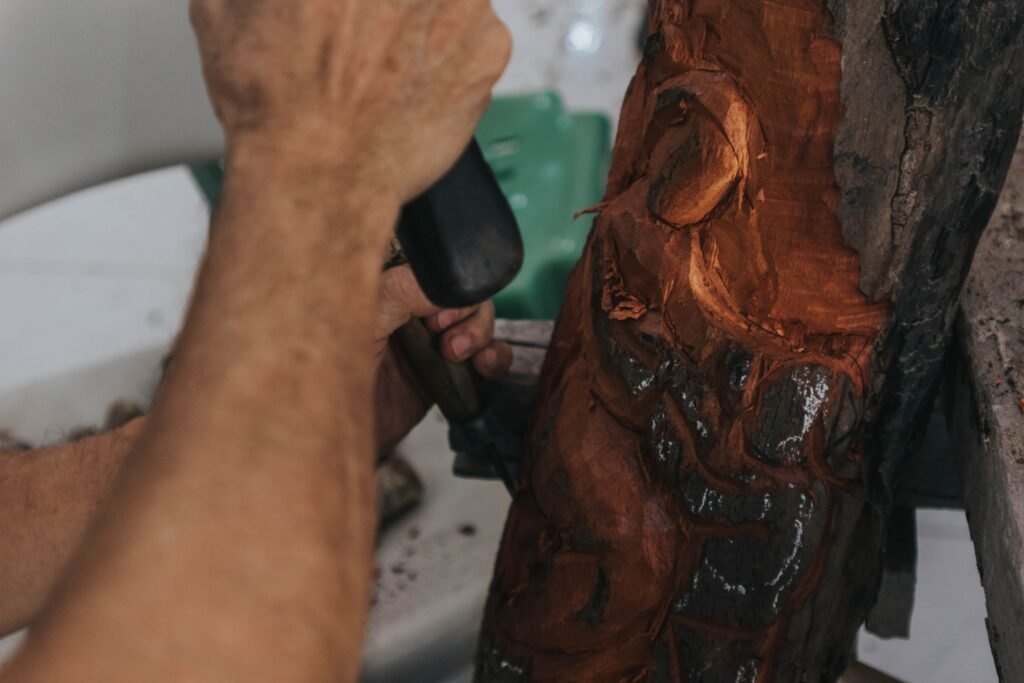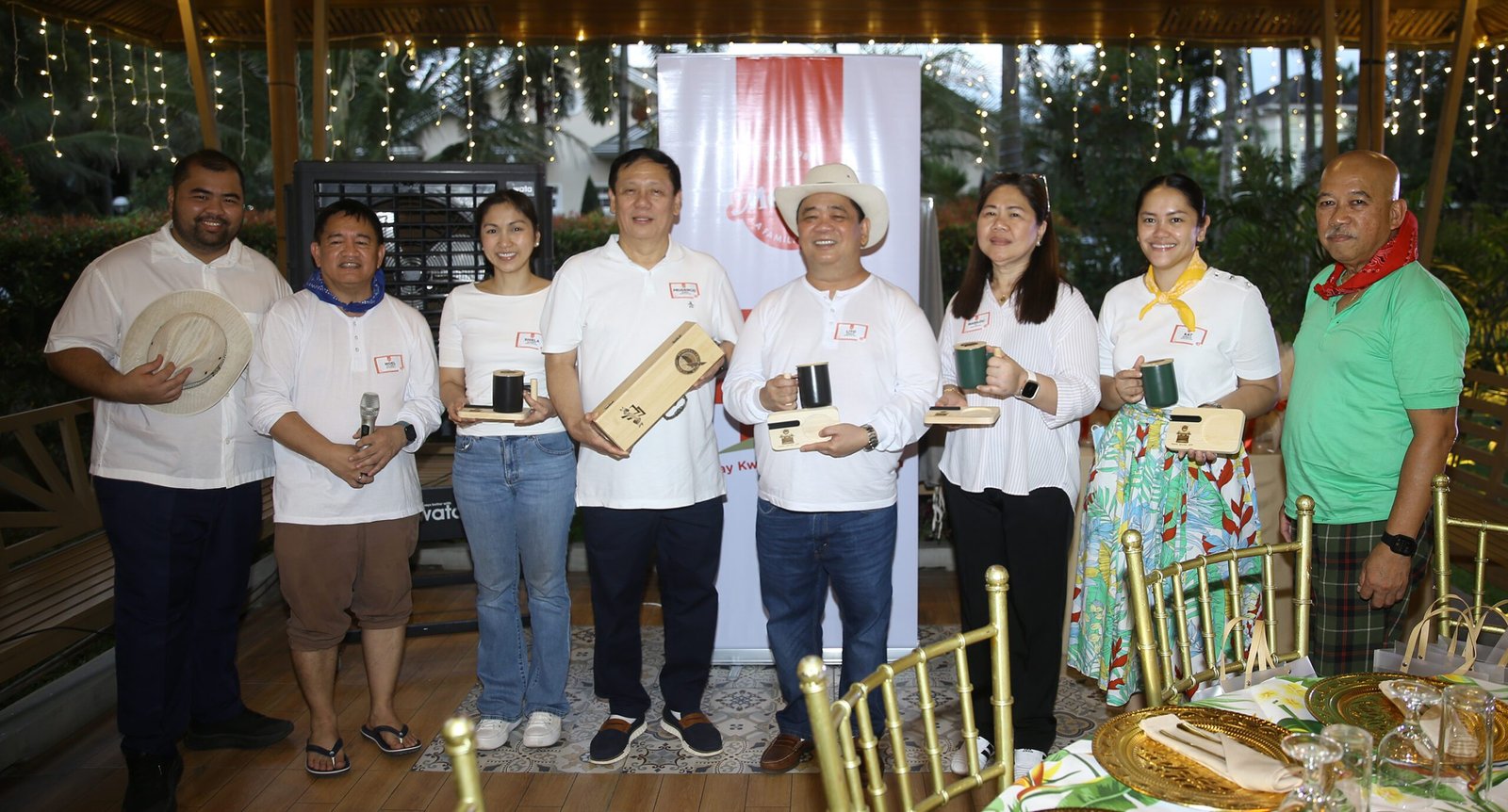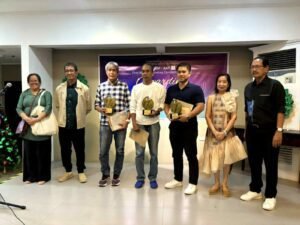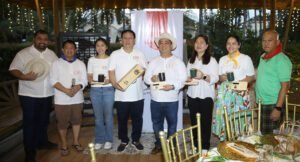Dúkit is an art that is as old as the history of Bacolor and Guagua. For local woodcarvers, it is a skill that has been passed on from generation to generation which highlights creativity and the many facades of culture.
In fact, Betis in Guagua is known to be the furniture-making and woodcarving center, not only of the province but of the entire Luzon. It has grown to be recognized to produce export quality and world class sculptures.

To push forward the promotion and preservation of the dúkit tradition, the Commission on Higher Education (CHED) and Don Honorio Ventura State University (DHVSU) main campus in Bacolor partnered to conduct a dúkit -making training-workshop.
With a theme “Bringing Arts and Culture to Local Repository,” the event is part of the EduTourism Project of both institutions.
It is being held at DHVSU’s covered court from January 4 to 15.
Dúkit-making training workshop project lead Mildred Crisostomo underscored that the training-workshop also aims to bring back the glory of Bacolor to be the Athens of Pampanga by promoting its strength in pamandúkit.
“It’s time that we focus on what we really have and then we make the country, and probably the whole world know that this is what we have. We must be proud of what we have,” she said.
In addition, Dúkit-making cluster head Rogelio Pacatcatin Jr. shared that the training-workshop is presently participated by Bacoloreños who want to learn the art.
“We have students studying Industrial Arts who help us in reviving the wood making technology here in DHVSU. We have professionals including teachers, lawyers, visual artists, and we have employees from DepEd [Department of Education] who are teaching furniture and cabinet making. So, all of them want to learn,” he detailed.
Topics in the training include wood identification and preservation, wood carving techniques, basic sketching, and step-by-step procedure on simple wood designs.
𝑨 𝒍𝒐𝒄𝒂𝒍 𝒎𝒂𝒔𝒕𝒆𝒓-𝒄𝒂𝒓𝒗𝒆𝒓 𝒂𝒔 𝒄𝒉𝒊𝒔𝒆𝒍 𝒑𝒖𝒔𝒉𝒊𝒏𝒈 𝒇𝒐𝒓 𝑫𝒖́𝒌𝒊𝒕 𝒑𝒓𝒆𝒔𝒆𝒓𝒗𝒂𝒕𝒊𝒐𝒏
The history of dúkit in Pampanga dates to the early 20th century when Juan Culala Flores went to Manila to escape fishing and worked for master sculptors at the age of 16. He was said to have returned to his hometown at 19, sharing to his townsfolks what he learned in woodworking, providing jobs to younger boys.
According to accounts, Flores made the interior pieces in Malacañang from former President Manuel L. Quezon and up to the time of former first lady Imelda Marcos until he suffered a stroke in 1979.
Through his journey, Flores trained many young boys who in turn passed the skill to their families, producing generations of artists. Among them is the famous Kapampangan master-carver Wilfredo Layug.
Since the 1980s, he has created retables and sacred images for churches nationwide, including in Tuguegarao, La Union, Pangasinan, Nueva Ecija, Metro Manila, Laguna, Catanduanes, Leyte, Butuan, and Pampanga. He is also the creator of the retable of Pedro Calungsod and San Lorenzo Ruiz at the Pontificio Collegio Filippino in Rome.

In 2015, he was tasked to create the image of the Lady of Hope of Palo and the Crucifixion seen in the Papal Masses. He has also created artworks in important sites in the heritage district of Vigan, the Monastery of Transfiguration Museum, the Marcelo H. Del Pilar National Shrine in Bulacan, and the portal of the Fort Santiago complex in Intramuros.
On top of all these, Layug is a recipient of the highest merit of the Catholic Church, the Pro Ecclesia et Pontifice (For the Church and the Pope) medal and certificate, which the Pope gives to lay persons for their exemplary service to the church.
Luckily, the papal-knighted sculptor serves as the mentor for the participants of the dúkit -making training-workshop of CHED and DHVSU.
Layug likened the dúkit -making tradition with the Kapampangan song Atin Cu Pung Singsing, a traditional folk song about a woman who is looking for a missing ring given by her mother.
“In the song, the ring was lost. Now, for all of us here, we should not wait for our own ring [referring to dúkit], to vanish. If possible, we have to polish it and put a gem on it,” he said during the opening ceremony of the training-workshop.
The master-carver also debunked the claims that the dukit-making tradition is dying.

𝑺𝒉𝒂𝒑𝒊𝒏𝒈 𝒕𝒉𝒆 𝒚𝒐𝒖𝒕𝒉 𝒂𝒔 𝒑𝒓𝒐𝒎𝒐𝒕𝒆𝒓𝒔 𝒂𝒏𝒅 𝒑𝒓𝒆𝒔𝒆𝒓𝒗𝒆𝒓𝒔 𝒐𝒇 𝑫𝒖́𝒌𝒊𝒕 𝒕𝒓𝒂𝒅𝒊𝒕𝒊𝒐𝒏
For institutions like CHED and DHVSU, much as for a master-carver like Layug, it is vital to promote and preserve the pamandúkit tradition so that it will live on.
Nineteen-year-old participant Lloyd Russel Franche emphasized that he joined the training-workshop to help in the preservation of the culture of woodcarving.
“We, the youth, know that we have the talent to do wood carving… we can draw, and carve that drawing into wood. So we will carry this until we become old,” he stated.
Surely, for the locals, woodcarving will live on as it serves not only an expression of culture and art but also a source of livelihood.
In fact, the town of Guagua celebrates the Dúkit Festival annually every December to preserve the woodcarving culture.
It showcases wood carving products which are mostly religious statues and furniture, and stages a street dancing competition, and on-the-spot woodcarving competition participated by sculptors from various regions.
Also, the provincial government of Pampanga organized the first-ever Ligligang Pamandúkit as part of the 451st celebration of the Aldo ning Kapampangan last December 8, 2022.
These are testaments that indeed, pamandúkit is part of the lives not only of the locals of Bacolor and Guagua, but also of all Kapampangan folks, as well. (JLDC-PIA 3)













